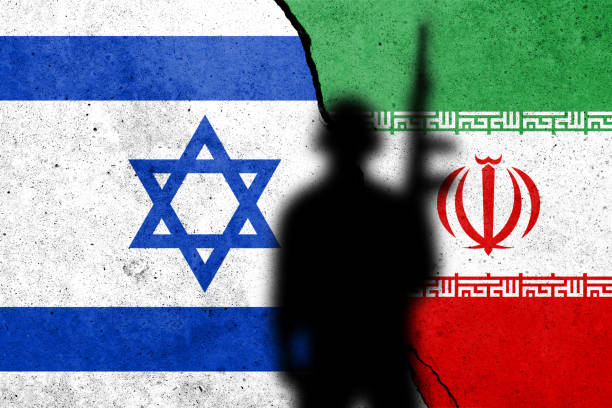
Iran Missile Attack
Escalation of hostilities between Iran and Israel, Iran launched a large-scale missile attack on Israel. This incident marks one of the most severe military engagements between the two nations, heightening concerns about a broader regional conflict in the Middle East.
The missile barrage was reportedly in retaliation for Israeli airstrikes in Lebanon, which targeted Iran-backed militant groups. This Iran Missile Attack signifies a significant shift in the scale and intensity of the long-standing rivalry between the two powers.
The Missile Attack on Israel
Iran’s missile strike on Israel involved the launch of over 180 ballistic missiles, primarily aimed at military and strategic targets. According to reports, key Israeli installations, including military bases and defense infrastructure, were among the primary targets of the assault.
The missile attack, which is considered one of the largest by Iran in recent history, sent shockwaves across the region, raising fears of further retaliatory strikes.
Iran’s missile capabilities, especially its ballistic missile arsenal, have been the subject of concern for both Israel and the broader international community. This latest attack underscores the growing sophistication of Iran’s missile technology, with some missiles reportedly evading Israel’s Iron Dome defense system. Despite this, Israel’s missile defense was still able to intercept many of the missiles, minimizing casualties and damage.
How Many Missiles Does Iran Have?
Iran is believed to possess a significant arsenal of missiles, including both short-range and long-range ballistic missiles. Estimates suggest that Iran has thousands of missiles, with hundreds of them being capable of reaching targets as far as Israel. The exact number of missiles Iran holds is a closely guarded secret, but it is widely believed that their missile stockpile includes a range of weapons such as the Shahab-3, Ghadr, and Emad ballistic missiles. These missiles, with varying ranges, are capable of delivering payloads to both military and civilian targets, making them a critical component of Iran’s military strategy.
The development of Iran’s missile program has been a key point of contention for Israel, the United States, and other Western nations. Iran’s missile technology has advanced significantly in recent years, with some of its ballistic missiles now able to reach as far as southern Europe. This capability has prompted calls for stricter sanctions and international oversight, particularly due to fears that Iran could develop nuclear warheads for its ballistic missiles.
Iran’s Ballistic Missile Arsenal
Iran’s missile arsenal is considered one of the largest and most diverse in the Middle East. Its ballistic missiles, in particular, pose a significant threat to regional stability. Estimates of how many ballistic missiles Iran has vary, but the country is believed to have a stockpile of several hundred operational ballistic missiles. These include the medium-range Shahab-3, with a range of up to 1,250 miles, and the more advanced Ghadr and Emad missiles, which are capable of carrying multiple warheads.
Iran’s decision to use ballistic missiles in its latest attack on Israel is seen as a deliberate escalation. Ballistic missiles are highly effective at bypassing traditional defense systems due to their speed and ability to strike targets from long distances. While Israel’s Iron Dome defense system is designed to intercept incoming missiles, the sheer volume of the Iranian attack presented challenges for Israeli forces.
Israel’s Response and the International Community
In the immediate aftermath of the missile barrage, Israeli officials vowed to respond decisively to the Iranian attack. Israeli Prime Minister Benjamin Netanyahu stated that Iran would face severe consequences for its actions, suggesting that further military strikes against Iranian targets were imminent. The situation remains fluid, with both sides on high alert for further hostilities.
The international community has expressed concern over the potential for a wider conflict. The United Nations has called for both Iran and Israel to exercise restraint and engage in diplomatic efforts to de-escalate the situation. However, with tensions already at a boiling point, the prospects for peaceful resolution appear slim. The U.S. and several European nations have reiterated their support for Israel’s right to defend itself but have also urged caution to avoid a full-scale war in the region.
Final Thoughts
The missile exchange between Iran and Israel marks a significant escalation in their ongoing conflict. With both nations showcasing their military capabilities, the possibility of a broader conflict in the Middle East looms large. Iran’s missile attack on Israel and Israel’s anticipated response signal that the situation is far from over, and the international community will continue to closely monitor developments in the coming days. As the world watches, the hope remains for de-escalation, though recent events suggest a turbulent path ahead.





